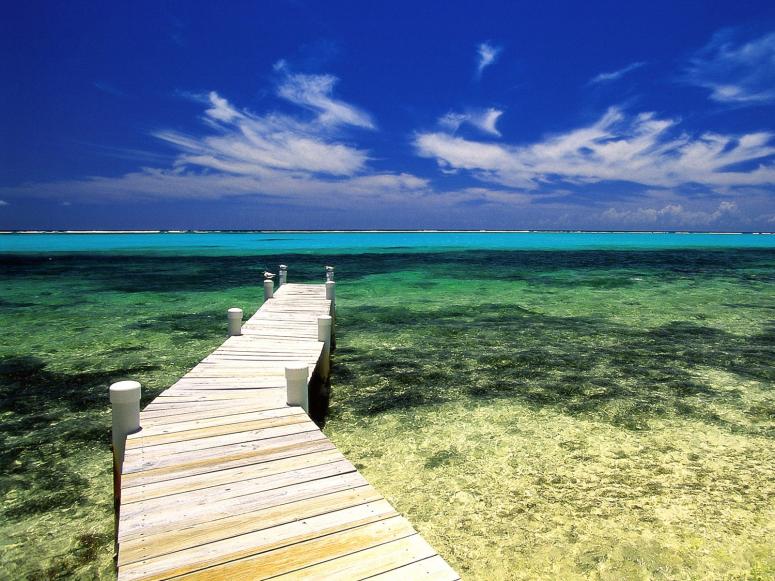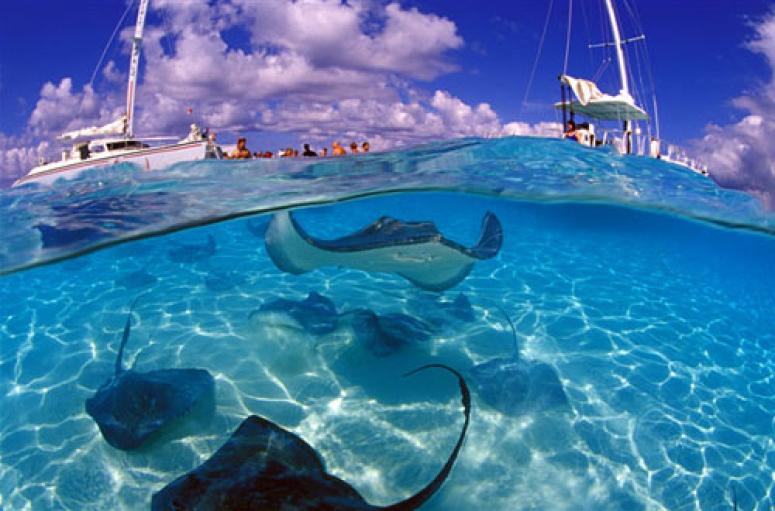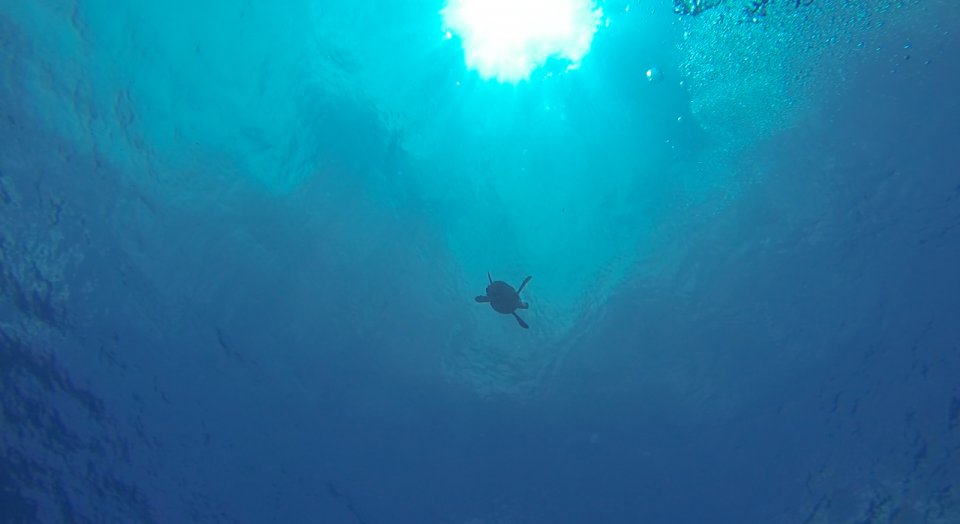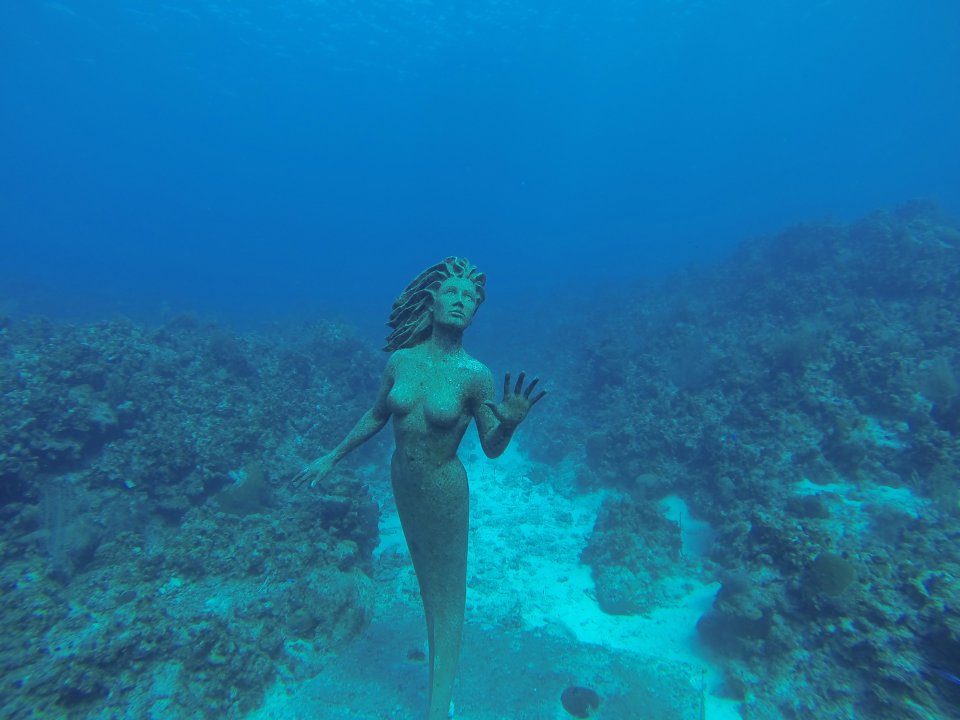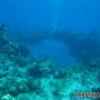Dive in Cayman Islands
Scuba Diving in Cayman Islands
Grand Cayman is the largest of the three islands, residing approximately 150 miles south of Cuba and 180 miles northwest of Jamaica. Grand Cayman is 22 miles long and 4-8 miles wide, almost completely surrounded by coral reefs. The unique formation of Grand Cayman creates the famous Grand Cayman walls, which attract divers from around the world. With drop-off beginning as close as 30 yards offshore, to a depth of over 6000 feet, wall diving in some parts of Grand Cayman can even be done from shore, for experienced divers in good health and very comfortable in the water.
Owing to the porous limestone rock, or iron shore, The Cayman Islands are devoid of any rivers or streams, which results in a lack of runoff, creating the best visibility in the entire Caribbean. Typical visibility on a Cayman wall dive will be at least 100 feet and often exceed 130 foot vertical visibility. Grand Cayman's highest elevation is 60 feet above sea level, which results in refreshing year round tropical breezes and calm, clear water. Trees, bushes and vines grow luxuriantly—including rampant coconut palms, thatch palms, sea grape, and casuarinas, which resemble pine trees.
Grand Cayman offers dramatic and diverse Cayman Islands scuba diving as the product of geology, which played a key role in fashioning the Cayman Islands into one of the most sought-after watersports destinations in the world. Residing atop the peak of a sheer submerged mountain range, the Cayman Islands are surrounded by the Cayman Trench. The northern edges of the Trench form the massive wall known as the Cayman Ridge, which plunges dramatically to depths in excess of 25,000 feet, making it the deepest point in the Caribbean sea. This drop-off (or ‘wall’) commences its vertical descent approximately 100 yards from shore where depths range from 40 to 60 feet. When you dive Cayman, you can expect to see an abundance of sea life on every Cayman dive.
While Eagle Rays can be spotted virtually anywhere in the Cayman Islands, they are particularly prevalent along the northern walls of the Cayman Islands during the summer months. Eagle Rays are extremely timid and will quickly depart if approached too closely. Never make any rapid movements towards them and there is a good chance they will fly by in due time. Patience is never more of a virtue than while diving; be it along the walls of the Cayman Islands or anywhere.
All three Cayman Islands—Grand Cayman, Little Cayman, and Cayman Brac—comprise just the very tips of a deeply submerged mountain range, The Cayman Ridge. The Cayman Ridge, which is largely responsible for the sheer vertical drops of Cayman walls extends encompasses much of the undersea terrain from the Cayman Islands to Cozumel and north to Cuba. The deepest area lies between the Cayman Islands and Jamaica comprising the Cayman Trough, extending over four miles in depth. Depths in excess of 18,000 feet have been recorded just south of The Cayman Islands, in an area known as The Bartlett Deep.
The Cayman Islands consistently win virtually every award a dive destination can achieve for wall diving, including most vertical rise, abundance of sea life and exceptional visibility. Wall diving in the Cayman Islands will be one of the most exciting and rewarding adventures any diver will ever experience.
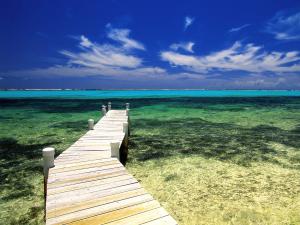
Travel to Cayman Islands
The Cayman Islands are a small group of Islands nestling quietly within the Caribbean Sea, composed by Grand Cayman, Cayman Brac and Little Cayman. There are a wide variety of things to see and do on the islands. Among the usual water-sports activities, each island has its own treasures to share.
Being the largest of the 3 islands, Grand Cayman tends to receive the majority of visitors. Whether here for a day, a week or two, you will find plenty to keep you active and entertained whilst here. The Queen Elizabeth II Botanical Gardens are home to the Blue Iguana recovery program, so it is one of the few places you may actually get to see these critically endangered creatures. TheTurtle Farm is Cayman's largest land based attraction. Here you can interact with wildlife and learn more about the special conservation projects to help endangered species such as the Green Sea Turtle. The Mastic Trail is a 2-mile hike through a diverse array of trees and plants some dating as far back as 200 hundred years or more. It takes approximately 3 hours to walk the trail in its entirety, and this particular area is also home to the Cayman Island Parrot. Hell is a peculiar little place, of hellishly sharp rock formations created from shells and corals solidified by salt and lime deposits. On closer examination you may see petrified forms of sea life that could be up to 20 million years old. And a delightful way to spend a morning of afternoon is taking a trip to the world famous Stingray City Sandbar. Feed, dance and play with the 100% wild but 100% safe stingrays.
Being a relatively small island, Cayman Brac is not the typical shopping island, nor has the usual attractions that you may find elsewhere. However, to understand more about the island, you may visit the Cayman Brac Museum at Stake Bay. A variety of dramatic caves can be found on this island too, one of the most famous is Rebecca’s Cave, where a family took shelter in the hurricane of 1932. Also some nature trails explore the Bluff area, a refreshing way to see the beautiful views across the Caribbean Sea.
Little Cayman is a bird watchers haven. It has the largest known breeding colony of the Red Footed Booby. The 203-Acre Booby Pond Nature Reserve is now under National Trust Protection. There is also a breeding colony of the Magnificent Frigate Birds and a Heronry. You can learn more at the Museum, which is located across from the Booby Pond Nature Reserve
Getting around on the islands is really easy! Grand Cayman is connected to its sister islands by internal flights run by Cayman Airways and the charter company Island Air.
Driving is on the left of the road and there is a good road network, connecting the costal towns on all three islands. Car, Moped, and bicycles are all easily available for hire on the islands. Drivers must be over 21 years of age, but some may not insure drivers under 25yrs. A temporary local drivers license is required, which will be issued from the police station or car hire agency upon presentation of valid license from the traveler’s country of origin. Buses and Taxis are easily flagged down from the road side.
There are many hotels available to suit most budgets. However, there are no cheap alternatives to suit the backpacker feel. Prices are seasonal, with the highest being over the Christmas and New Year period – staying moderately high till mid April.
Cayman Islands are a paradise in the Caribbean, enjoy its beaches and warm waters, and the amazing diving in the area!
(By Mandy Newton)
